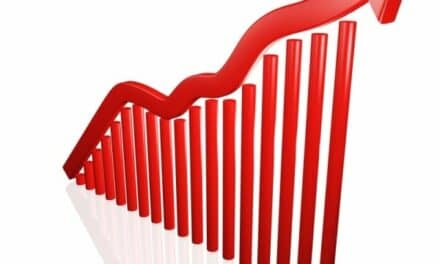Whenever any technology witnesses any advancement, the upgraded products are normally adopted first in the United States. This factor is expected to be instrumental in the growth of the U.S. medical equipment maintenance market, from $8.26 billion in 2019 to $21.36 billion in 2030, at a 9.2% CAGR between 2020 and 2030, according to a report from P&S Intelligence. Due to its established healthcare sector, new medical devices and technologies are regularly introduced here.
The U.S. medical equipment maintenance market gets a boost from this factor, as advanced medical instruments and systems often have complex machinery and critical parts. Thus, their vulnerability to breakdowns and malfunctioning remains rather high, which makes regular maintenance, servicing, and part replacement/upgradation a necessity. In addition, an array of devices and systems are used non-stop at healthcare settings in the United States, as they witness a high patient footfall, which further makes them prone to breakdowns.
Due to the COVID-19 pandemic, the shutdown of manufacturing facilities and commercial operations have had a negative impact on the U.S. medical equipment maintenance market. As a result, operations of medical science liaisons, sales representatives, and other field-based pharmaceutical and medical device company employees have been hampered. Only after the lockdown is lifted will normalcy be restored in the industry.
In the years to come, the preventive category, on the basis of service type, would experience the highest CAGR in the U.S. medical equipment maintenance market, of 10.4%. As unexpected breakdowns can push back medical procedures by days, healthcare centers are taking measures to get their equipment serviced regularly, even before a mishap occurs. This is why the popularity of annual maintenance contracts (AMCs) for medical equipment maintenance is rising in the country.
Texas has been the highest-revenue-generating state in the U.S. medical equipment maintenance market until now, and the future scenario is predicted to be no different. Government agencies, including Texas Department of Aging and Disability Services, Texas Health and Human Services Commission, Employees Retirement System, Texas Department of State Health Services, and Teacher Retirement System, invest heavily in its healthcare sector, which leads to a high adoption of various types of equipment, thereby generating a high demand for servicing.
For more information and to purchase the report, visit P&S Intelligence.





